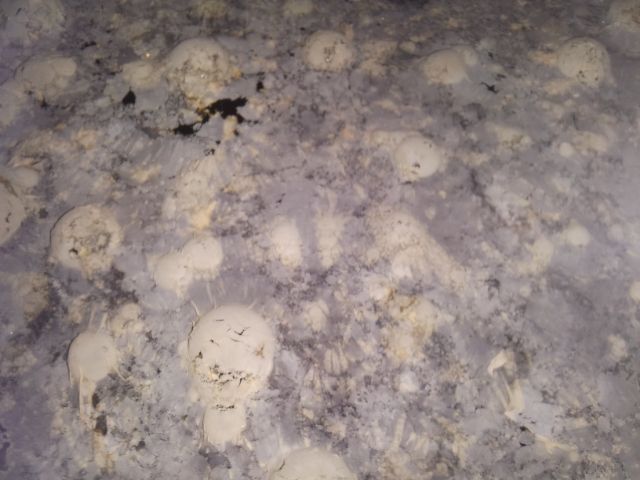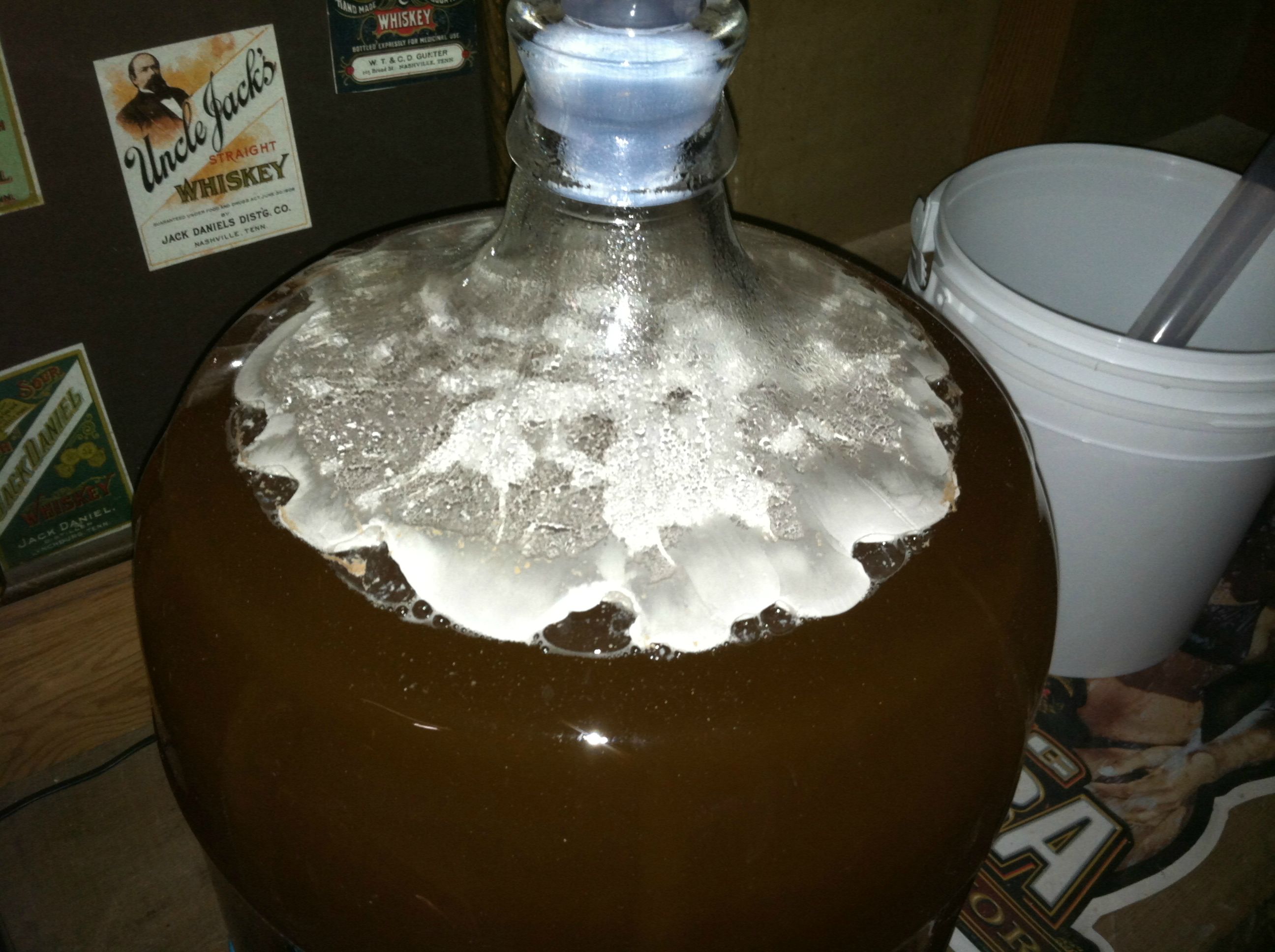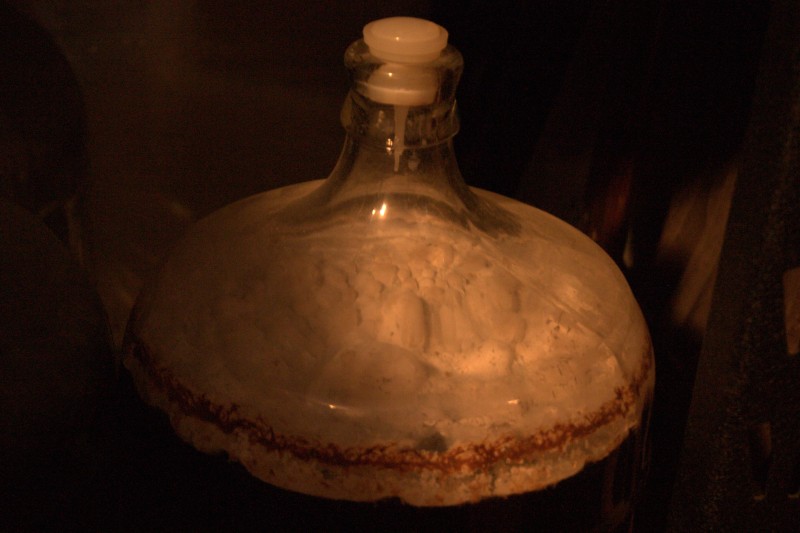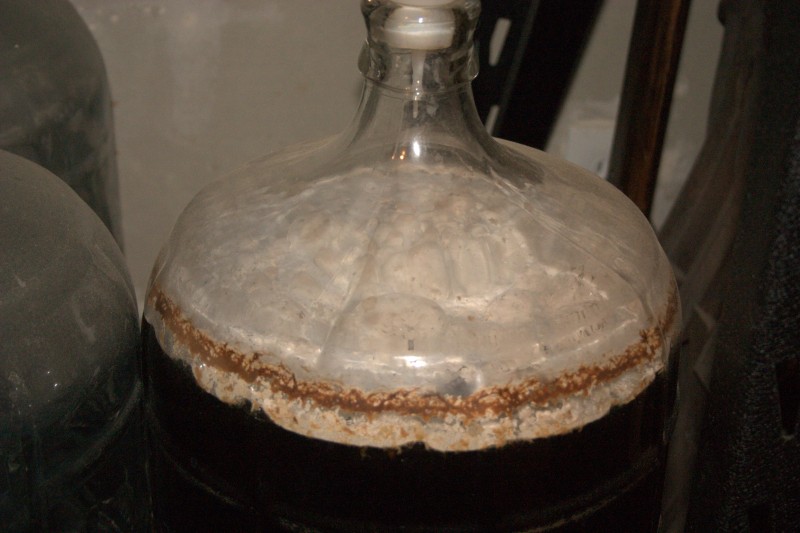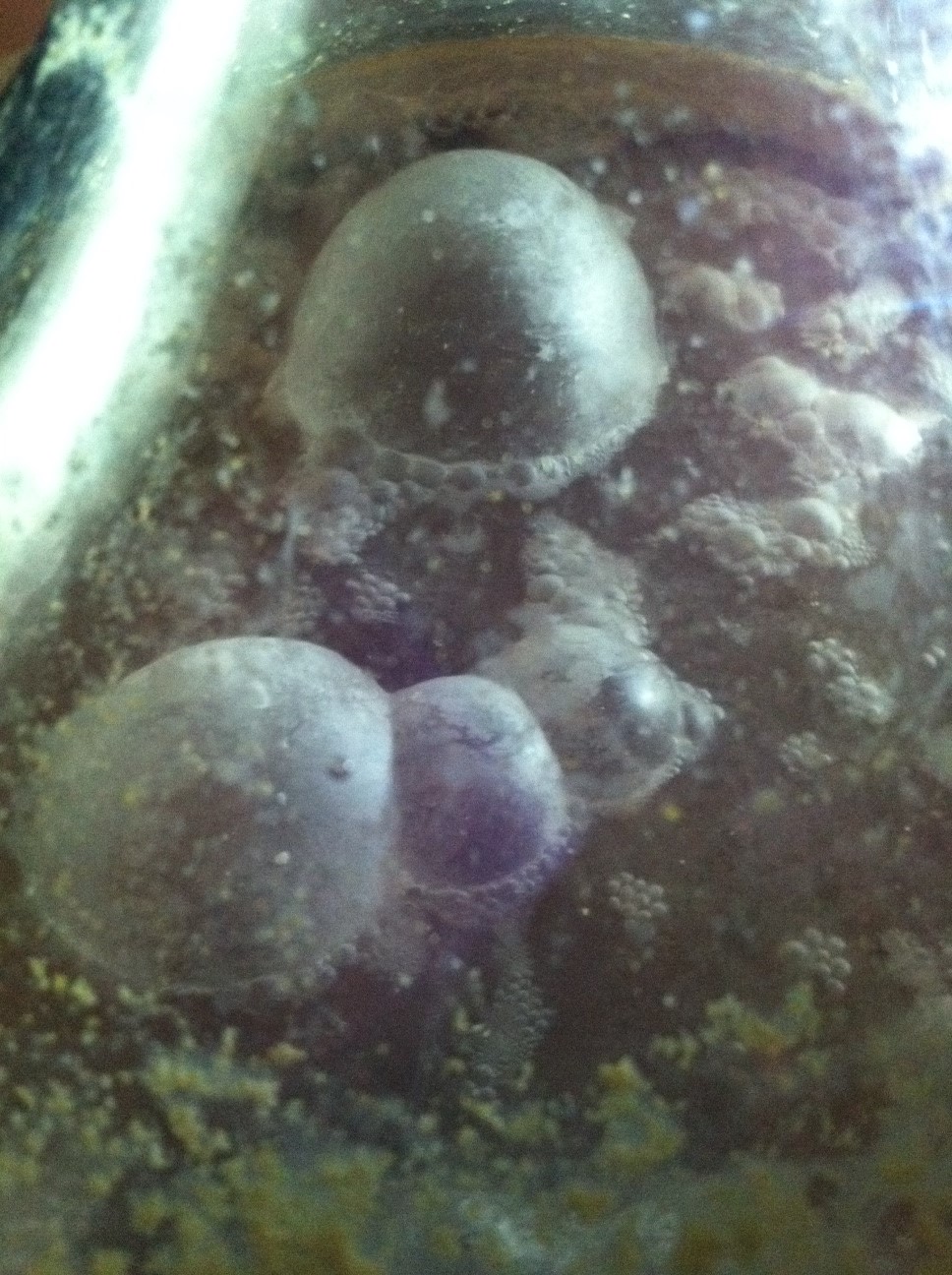Brett from a tube or from environment makes a different. If you added Brett to your culture you expect certain things to happen. I've seen all of those veil formations without adding Brett. There is ton of wild/native yeast in grain. And yes, the term wild is vague. But, it is the only term I like using when I'm not sure what strain is causing the veil. The only thing I know in my experience is either you like the flavors that they add to your beer or not. I don't like it so I rack once its starts showing. Even if you don't add bacteria, it is there, same as wild yeast. Bacteria to do its work has to have temperature. Lactobacillus, Pediococcus, Oenococcus thet go to work at temps above 20 C. If you want them you keep temp up, if not you keep temp down. When you rack, you remove all the yeast at the bottom (some of it is great quality, and the other stuff is dead) but you don't get all of it or all the bacteria since a lot stuff remains in suspension. So, if you add nutrients or raise temps you might ignite fermentation again (with less vigor) or malolactic transformation. It depends on what you want and what you have in your beer. As I said before working with wild/native strains of anything is a gamble. That's what makes brewing so fun.



















